Archaeology and Palaeoecology of the Inner Congo Basin (Wotzka, Hans-Peter)
Boundaries, Frontiers, and Conduits in the Middle to Late Holocene
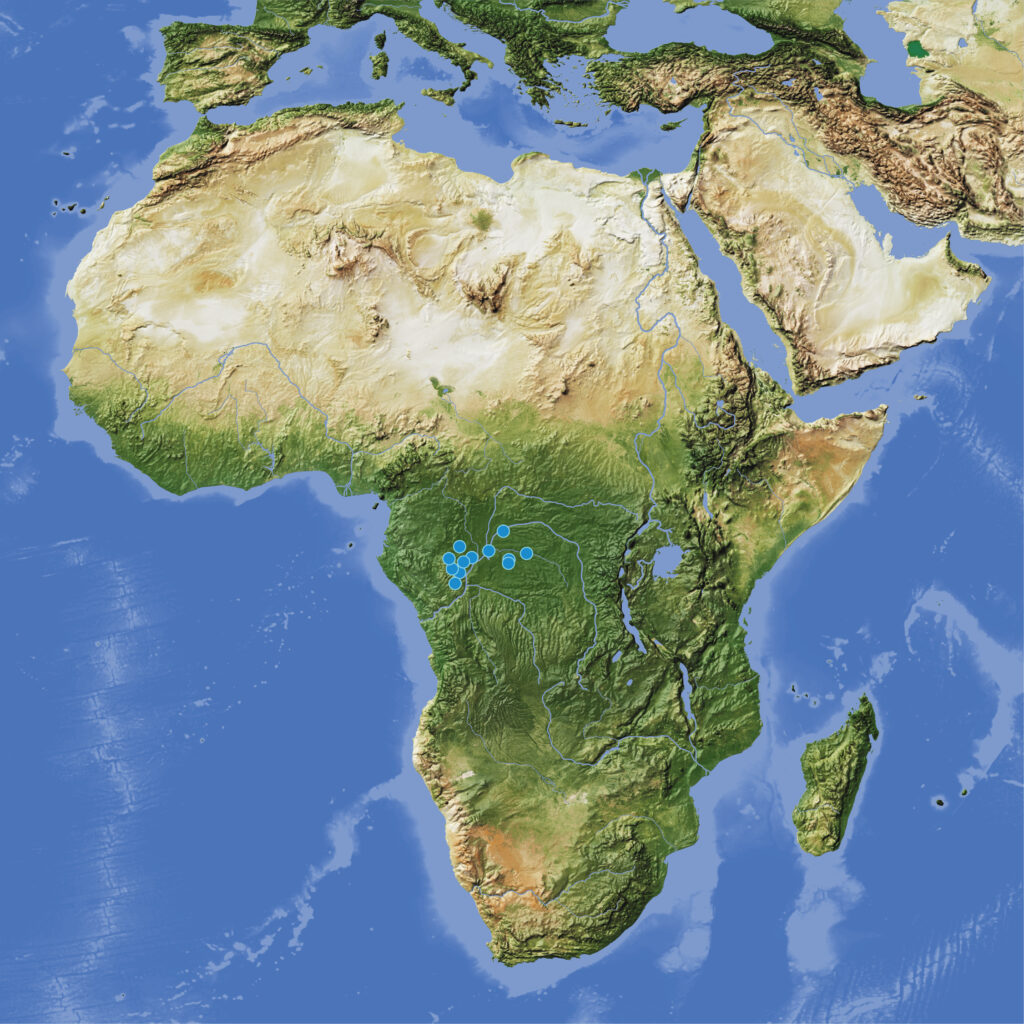
Michael Schmeling, licensed under CC BY 4.0 international, waterbodies © OpenStreetMap contributers, modification by Johanna Sigl
Project description
The project has four main objectives: (1) Tracing the immigration process that initiated the Early Iron Age in the equatorial rainforest of the Interior Congo Basin (Democratic Republic of the Congo), ~2400 calendar years ago. The starting point is the hypothesis that the Imbonga pottery associated with the process originates from the central region of the Republic of the Congo bordering to the west. Testing this through archaeological fieldwork along major rivers rising from the Ogowe-Congo watershed and draining into the Congo will aim at delineating major Early Iron Age migrations on the basis of material culture relics. (2) Creating a Holocene-Late Pleistocene palaeoecological baseline sequence for the Interior Congo Basin. Completion of ongoing pollen and geochemical analyses on a number of sediment cores from the Congo Basin Peatland Complex aims at establishing a first regional reference sequence. The intention is to reconstruct local palaeovegetation and hydroclimate records across key sites within the Congo River bend. This will allow to include the core zone of the equatorial rainforest in tests of hypotheses regarding: (a) Late Pleistocene and Holocene rainforest refugia; (b) a supposed universal Central African Rainforest Crisis ~2500 years ago; and (c) coeval human-landscape entanglements. (3) Collecting palaeoecological records in the central Republic of the Congo. An east-west transect is to be created from the Inner Congo Basin across the Congo River by acquisition of two new sediment cores from the southwestern margin of the Congo Basin Peatland Complex. Investigation of this underresearched area will complement palaeoecological work currently taking place further north in the Republic of Congo.
One of the most urgent research questions related to this area, the northern part of which extends into the biogeographic zone known as the Sangha River Interval, concerns the age of the regional savannas. Besides aiming at fossil pollen records, palynological work there should also include documentation of modern pollen rain in diverse vegetational settings to serve as reference data for the interpretation of regional vegetation history and historical ecology. (4) Reconstructing Early Iron Age economy and foodways in the Inner Congo Basin and adjacent areas to the west. A deepened understanding of incipient agriculture and human diet will be sought in order to be able to assess climatic and environmental framing of human economic and cultural choices. For this purpose, new excavations with archaeobotanical, archaeozoological and phytolith sampling and continued application of Organic Residue Analysis on well contextualised potsherds will be undertaken. In particular, it is of interest to know on which types of plant and animal food people relied, and what they prepared in ceramic vessels, one major question being whether domestic animals were already kept before ~AD 1450, the time of the oldest faunal evidence from the Inner Congo Basin to date.
Project members

University of Cologne, Institute for Prehistoric Archaeology, African Archaeology.
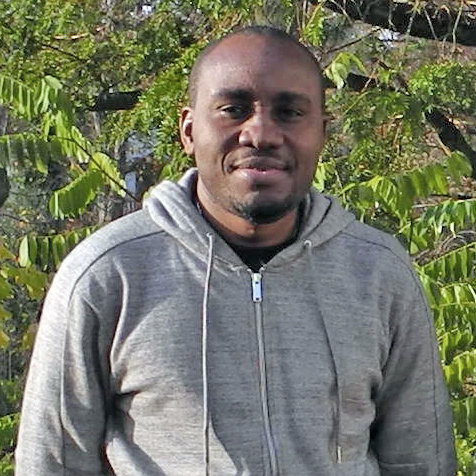
Palynologist
University of Cologne, Institute for Prehistoric Archaeology, African Archaeology.
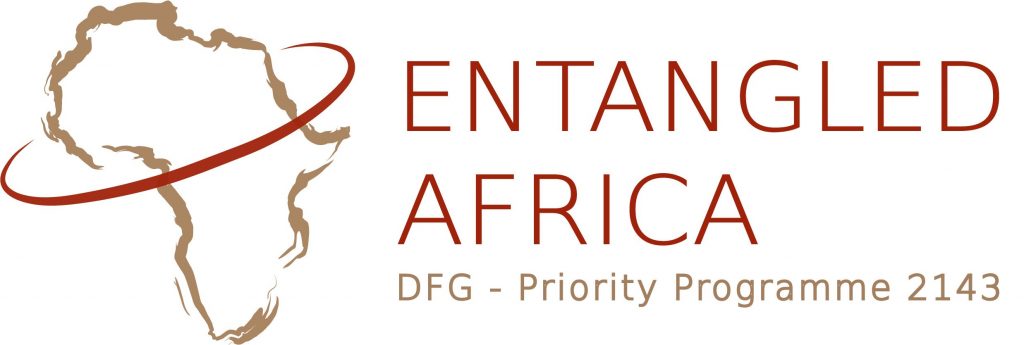
Sophie Schmolz
Student assistent
University of Cologne, Institute for Prehistoric Archaeology, African Archaeology.
Posts

Report on SPP Entangled Africa Annual Meeting in Münster
Allgemein EN, P01 Prehistoric Axes EN, P02 Connecting Foodways EN, P03 InterLINK EN, P04 Lake Chad EN, P05 Landscapes EN, P06 DeGreening EN, P07 Routes of Interaction EN, P08 ClimCellMed EN, P09 Borrowed words EN, P10 Congo Basin EN, P11 FDM EN, P12 Coordination, P13 Tracing Connections EN![[Attribution: unknown; Copyright: not defined] D-DAI-KAAK-2024-JS-0063-PlanetAfrica_Eroeffnung_BER](https://www.dainst.blog/entangled-africa/wp-content/uploads/sites/11/2024/12/D-DAI-KAAK-2024-JS-0063-PlanetAfrica_Eroeffnung_BER-scaled-e1734001679313-247x163.jpg)
“Planet Africa” in the James Simon Gallery: Exhibition Opening and Press Reviews
Allgemein EN, P01 Prehistoric Axes EN, P02 Connecting Foodways EN, P03 InterLINK EN, P04 Lake Chad EN, P05 Landscapes EN, P06 DeGreening EN, P07 Routes of Interaction EN, P08 ClimCellMed EN, P09 Borrowed words EN, P10 Congo Basin EN, P11 FDM EN, P12 Coordination, P13 Tracing Connections EN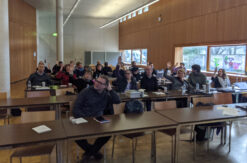
SPP Annual Meeting 2024 in Cologne
Allgemein EN, P01 Prehistoric Axes EN, P02 Connecting Foodways EN, P03 InterLINK EN, P04 Lake Chad EN, P05 Landscapes EN, P06 DeGreening EN, P07 Routes of Interaction EN, P08 ClimCellMed EN, P09 Borrowed words EN, P10 Congo Basin EN, P11 FDM EN, P12 Coordination, P13 Tracing Connections EN![[Attribution: ; Copyright: ] KAAK-SPP2143-TN-2023_Jahrestagung_Frankfurt_01-2022-8](https://www.dainst.blog/entangled-africa/wp-content/uploads/sites/11/2023/01/KAAK-SPP2143-TN-2023_Jahrestagung_Frankfurt_01-2022-8-247x163.jpg)
SPP Annual Meeting at the Goethe-University Frankfurt from 16th to 17th January
Allgemein EN, P01 Prehistoric Axes EN, P02 Connecting Foodways EN, P03 InterLINK EN, P04 Lake Chad EN, P05 Landscapes EN, P06 DeGreening EN, P07 Routes of Interaction EN, P08 ClimCellMed EN, P09 Borrowed words EN, P10 Congo Basin EN, P11 FDM EN, P12 Coordination, P13 Tracing Connections EN![[Attribution: J. Sigl; Copyright: Entangled Africa, KAAK] 2022-01-10_Teilnehmende07](https://www.dainst.blog/entangled-africa/wp-content/uploads/sites/11/2022/01/2022-01-10_Teilnehmende07-247x163.jpg)
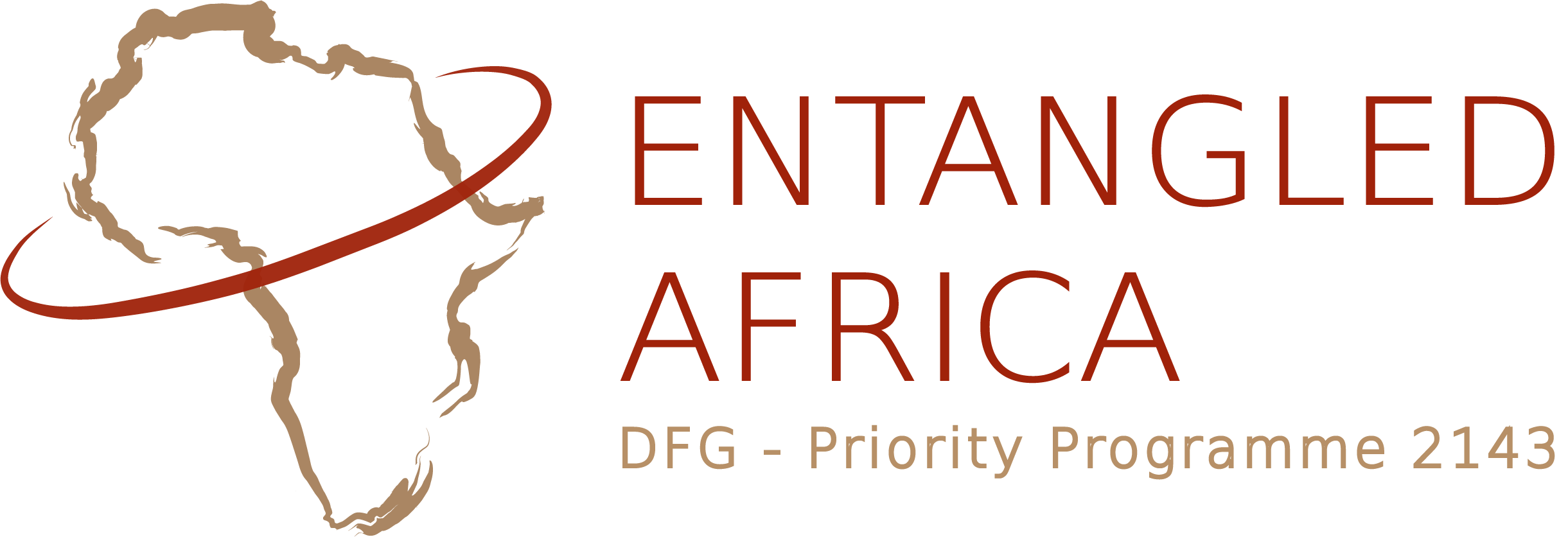
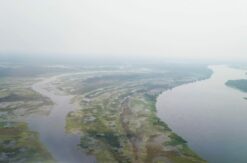
![[Attribution: ; Copyright: ] csm_Main_Slider_PK_neu_07-10-21_ddd27b69dd](https://www.dainst.blog/entangled-africa/wp-content/uploads/sites/11/2021/10/csm_Main_Slider_PK_neu_07-10-21_ddd27b69dd-1-247x163.jpg)
![Daten & Folie: Mansour Mdawar, Projekt KlimZellMit [Attribution: J. Sigl; Copyright: KAAK] 2021-05-11_03](https://www.dainst.blog/entangled-africa/wp-content/uploads/sites/11/2021/06/2021-05-11_03-e1622808364550-247x163.jpg)
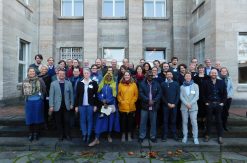
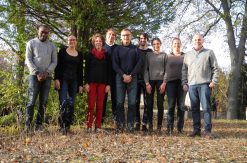
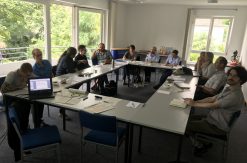
![[Attribution: Menges et al. 2025; Copyright: CC-BY-NC] Menges_etal_QarternaryScienceReviews_Fig1](https://www.dainst.blog/entangled-africa/wp-content/uploads/sites/11/2025/06/Menges_etal_QarternaryScienceReviews1-s2.0-S0277379125002653-gr1-247x163.jpg)
![[Attribution: unknown; Copyright: Springer-Verlag GmbH Germany, part of Springer Nature] Screenshot 2022-02-25 at 14-03-34 Vegetation History and Archaeobotany](https://www.dainst.blog/entangled-africa/wp-content/uploads/sites/11/2022/02/Screenshot-2022-02-25-at-14-03-34-Vegetation-History-and-Archaeobotany-247x163.png)
![[Attribution: ; Copyright: ] Wotzka et al ausschnitt](https://www.dainst.blog/entangled-africa/wp-content/uploads/sites/11/2021/03/Wotzka-et-al-ausschnitt-247x163.jpg)